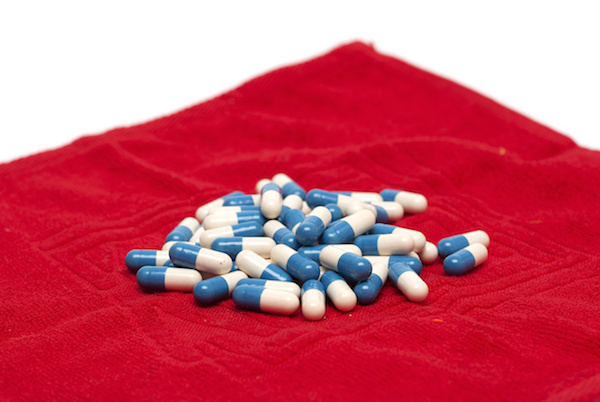WEDNESDAY, Nov. 30, 2016 (HealthDay News) — Although there was a significant increase in the use of syringe services programs (SSPs) — more commonly known as needle exchange programs — across the United States over the past decade, many injection drug users don’t always use sterile needles, a federal government report says.
Previously used needles put drug users at risk for infectious diseases such as HIV and hepatitis B and C, the report noted.
Needle exchange programs provide sterile needles and syringes to injection drug users. These programs also refer drug users to prevention, care and treatment services.
Researchers from the U.S. Centers for Disease Control and Prevention looked at data from injection drug users in 22 cities with high rates of HIV. In 2015, 54 percent of injection drug users said they used a needle exchange program in the past year. That was up significantly compared to the 36 percent who said they used such a program in 2005.
Despite the increased use of needle exchange programs, 33 percent of drug users in 2015 said they had shared a needle within the past year. In 2005, that number was 36 percent, the CDC report said.
“The prescription opioid and heroin epidemics are devastating families and communities throughout the nation, and the potential for new HIV outbreaks is of growing concern,” CDC Director Dr. Tom Frieden said in an agency news release.
“Our goal is for people to live long enough to stop substance use and not contract HIV or other serious infections while injecting — SSPs can help people accomplish both,” he said.
Injection drug users account for about 9 percent of HIV infections diagnosed in the United States each year. Injection drug use has been a factor in the 150-percent rise in acute cases of hepatitis C infections in recent years, the report said.
Yearly AIDS diagnoses among injection drug users in the United States have decreased about 90 percent since peaking in 1993. But there’s still an unmet demand for sterile needles and syringes. That’s especially true in rural areas where access to such programs can be limited, and in cities or their suburbs where needle exchange programs are restricted or forbidden, the report authors said.
“Until now, the nation has made substantial progress in preventing HIV among people who inject drugs, but this success is threatened,” said Dr. Jonathan Mermin, director of CDC’s National Center for HIV/AIDS, Viral Hepatitis, STD, and TB Prevention.
“Syringe services programs work, and their expansion is pivotal for progress in the coming decades,” Mermin said.
The report also highlighted progress in HIV prevention among black and Hispanic injection drug users, but uncovered worrying trends among white drug users.
The percentage of black injection drug users in the 22 cities who said they got all syringes from a sterile source increased by 48 percent. The percentage of black drug users who reported syringe sharing fell 34 percent from 2005 to 2015. Nationally, the number of HIV diagnoses among black injection drug users fell about 60 percent from 2008 to 2014, according to the report.
The percentage of Hispanic injection drug users who said they shared syringes declined 12 percent from 2005 to 2015. The number of HIV diagnoses among Hispanic injection drug users fell nearly 50 percent from 2008 to 2014, the report found.
The percentage of white injection drug users who said they shared syringes was 45 percent in 2005 and 43 percent in 2015. The percentage who said they received all syringes from sterile sources remained unchanged at 22 percent over the decade, according to the report.
HIV diagnoses among white injection drug users declined about 27 percent from 2008 to 2014. But the diagnoses remained stable from 2012 to 2014.
The findings were published Nov. 29 in the CDC’s Vital Signs.
More information
The CDC has more on injection drug use and HIV.
Copyright © 2025 HealthDay. All rights reserved.

